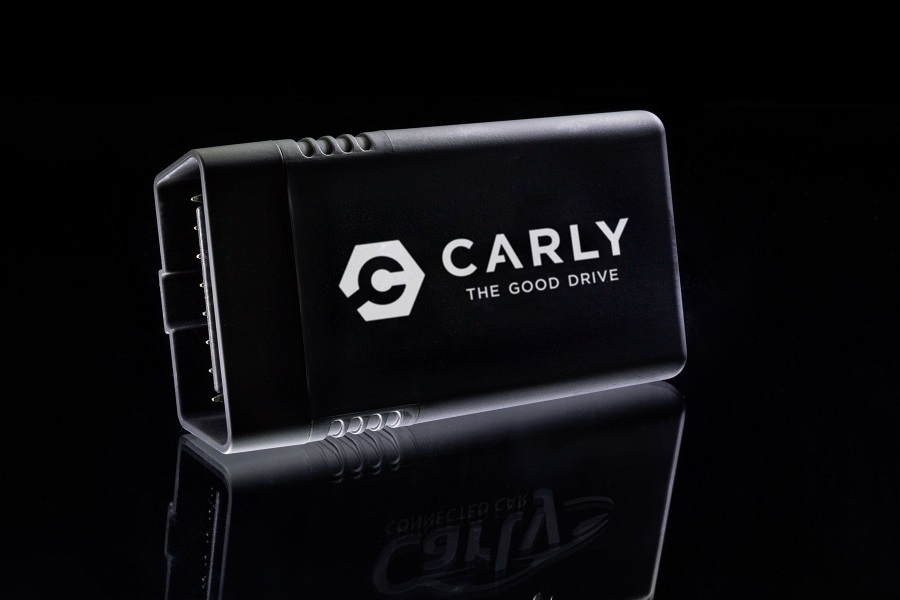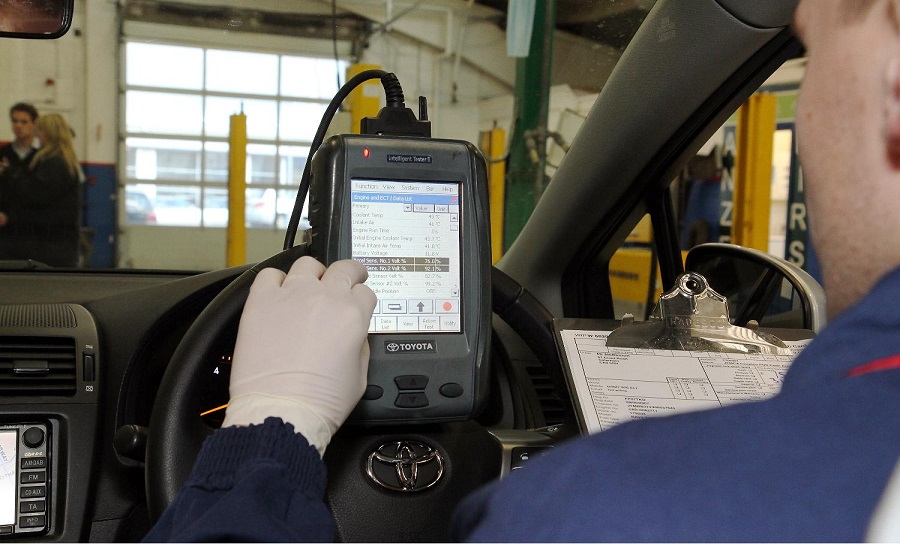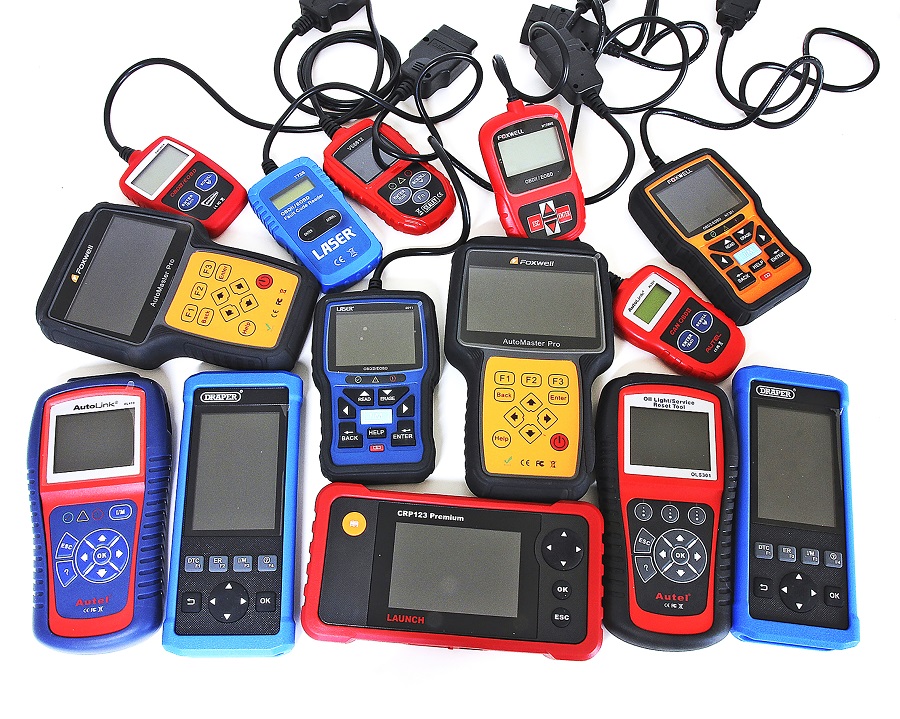OBD2 Reader vs OB2 Scanner: what’s the difference, and which one would best suit your needs? Find out the answers to those questions here.
While there are countless ways to connect to your car’s OBD2 system, by far the most common tools are the handheld systems, generally known as OBD2 Readers or OBD2 Scanners.
But what are they? What are the differences? And what one do you need?
Before we get in to it, the first thing to mention is the line that separates an OBD2 Reader from an OBD2 Scanner is blurred to say the least. To some, they are the same thing with a different name, and even if you accept that they are two different things, a high end OBD2 reader and a low end OBD2 scanner would be so similar that the differences would be mostly in name.
OBD2 Reader vs OBD2 Scanner

OBD2 Reader
Generally speaking, an OBD2 Reader is a cheap ($20-50 USD / £15-40 GBP) device that plugs into your car’s OBD2 port and can read and clear any generic powertrain fault codes (and occasionally others). The idea is that it’ll help you to diagnose running problems with the car, along with hopefully turning off the dreaded check engine light.
These are intended for DIY use and are generally very simple and easy to use. It’ll either be a wired unit that you control via simple push buttons and LCD screen on the unit, or a Bluetooth module that connects to an app on your phone, like Carly.
As already stated, any of these units will read and display the generic OBD2 powertrain fault codes your car has, and for most people that is all they need, but exactly what else it will do will depend on the product itself. This is where these cheaper OBD2 units become a tricky buy, as most don’t have in-depth details on exactly what they will do or not do for your particular vehicle. So, if that matters to you, you truly need to do some research before you buy, and you may have to purchase a more expensive OBD2 Scanner to get what you want.
Some OBD2 readers can often show you VIN numbers, show some live data from sensors, show more fault codes than the common generic powertrain ones, and much more, making some almost as useful as a low end OBD2 scanner. This is where what’s classed as a scanner and what’s classed as a reader gets incredibly blurred.

OBD2 Scanner
When it comes to a single item type with an incredibly large variety of costs, OBD2 Scanners are right up there with the best of them. The most basic unit that you could realistically call a scanner might cost as little as $100/£80, whereas high end professional units can cost many thousands to purchase. In fact, many require expensive yearly updates or subscriptions beyond that.
So what is an OBD2 scanner? Well that depends who you speak to, as there’s no true definition, with many calling even simple code readers scanners. For this feature though, we will class a scanner as a handheld unit, be it a wired device or Bluetooth connected, that can do much more than the simple powertrain fault code reading and clearing functions of what we would class as simply a reader.
The upper limits of what scanners can do however, are frankly incredible. The most basic scanners can read a much wider range of fault codes, display a much wider range of live sensor data, reset service data, and much, much more. As ever though, you really need to check how compatible the unit in question is with your vehicle(s), as at the lower end of the price range you will find not all cars are as well catered for as others. So, if you are buying it for a particular vehicle there may be a clear favorite to buy within your budget.
As the prices increase, the capability of these Scanners do too, with higher end ones having full dealer spec fault code reading diagnostics on all makes and models, sophisticated live data graphs from sensors, ECU coding and modification, key programming, and much more. But as mentioned, most professional spec units with these capabilities cost well in to four figure sums. On the flip side of this, if you do your research, you may well find an amazingly capable system for a relatively simple price, especially if you are concentrating on one vehicle or brand; such as the VCDS system for VW/Audi group vehicles.
Code reader vs. Code Scanner- Who wins?
Let’s be honest, there is no winner, as there’s so many variations it depends on your needs and goals, but here’s a basic run down…
Cost Winner: Code Reader.
These things are so cheap, it’s worth every single car owner to have one of these in their glovebox.
Ability Winner: Code Scanner
There’s absolutely no comparison here, as while at the lower end of the range what people class as a reader or a scanner are very similar, high end scanners are the equivalent of comparing a kids calculator to your brand new laptop.
Accuracy Winner: Code Scanner
While code readers show fault codes, they can’t show as many and certainly don’t show detail. So, while they can be a hugely useful guide, readers are very basic. On the other hand, a good Scanner can go in to great detail on not only exactly what the fault codes are, but has the ability to help you find out exactly what the problem is that caused it and how to fix it.
Ease of Use Winner: Code Reader
We have to give this round to code readers. They are made for basic DIY use and are incredibly user-friendly even for people with little understanding of cars or electronics. Code readers just require you to plug it in, turn on your car’s ignition, and follow some very simple on-screen instruction. On the other hand, scanners are far more complex, and to become truly proficient with all the abilities of high end ones takes professional training and a lot of experience.







